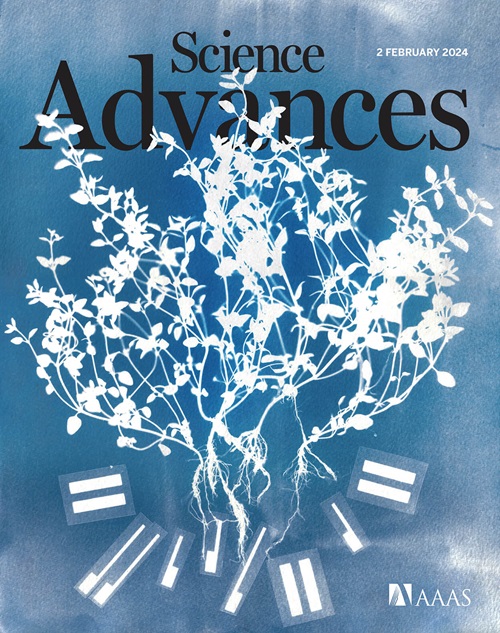Systematic high-throughput evaluation reveals FrCas9’s superior specificity and efficiency for therapeutic genome editing
IF 11.7
1区 综合性期刊
Q1 MULTIDISCIPLINARY SCIENCES
引用次数: 0
Abstract
CRISPR-Cas9 systems have revolutionized genome editing, but the off-target effects of Cas9 limit its use in clinical applications. Here, we systematically evaluate FrCas9, a variant from Faecalibaculum rodentium, for cell and gene therapy (CGT) applications and compare its performance to SpCas9 and OpenCRISPR-1. OpenCRISPR-1 is a CRISPR system synthesized de novo using large language models (LLMs) but has not yet undergone systematic characterization. Using AID-seq, Amplicon sequencing, and GUIDE-seq, we assessed the on-target activity and off-target profiles of these systems across multiple genomic loci. FrCas9 demonstrated higher on-target efficiency and substantially fewer off-target effects than SpCas9 and OpenCRISPR-1. Furthermore, TREX2 fusion with FrCas9 reduced large deletions and translocations, enhancing genomic stability. Through screening of 1903 sgRNAs targeting 21 CGT-relevant genes using sequential AID-seq, Amplicon sequencing, and GUIDE-seq analysis, we identified optimal sgRNAs for each gene. Our high-throughput screening platform highlights FrCas9, particularly in its TREX2-fused form, as a highly specific and efficient tool for precise therapeutic genome editing.

CRISPR-Cas9系统为基因组编辑带来了革命性的变化,但Cas9的脱靶效应限制了它在临床上的应用。在这里,我们系统地评估了FrCas9(一种来自Faecalibaculum rodentium的变体)在细胞和基因治疗(CGT)中的应用,并将其性能与SpCas9和OpenCRISPR-1进行了比较。OpenCRISPR-1是一种利用大型语言模型(LLM)从头合成的CRISPR系统,但尚未经过系统鉴定。我们使用 AID-seq、Amplicon 测序和 GUIDE-seq 评估了这些系统在多个基因组位点上的靶上活性和脱靶特征。与SpCas9和OpenCRISPR-1相比,FrCas9表现出更高的靶上效率和更少的脱靶效应。此外,TREX2 与 FrCas9 的融合减少了大的缺失和易位,增强了基因组的稳定性。通过使用顺序 AID-seq、Amplicon 测序和 GUIDE-seq 分析筛选针对 21 个 CGT 相关基因的 1903 个 sgRNA,我们确定了每个基因的最佳 sgRNA。我们的高通量筛选平台凸显了 FrCas9,尤其是其 TREX2 融合形式,是一种高度特异和高效的精确治疗性基因组编辑工具。
本文章由计算机程序翻译,如有差异,请以英文原文为准。
求助全文
约1分钟内获得全文
求助全文
来源期刊

Science Advances
综合性期刊-综合性期刊
CiteScore
21.40
自引率
1.50%
发文量
1937
审稿时长
29 weeks
期刊介绍:
Science Advances, an open-access journal by AAAS, publishes impactful research in diverse scientific areas. It aims for fair, fast, and expert peer review, providing freely accessible research to readers. Led by distinguished scientists, the journal supports AAAS's mission by extending Science magazine's capacity to identify and promote significant advances. Evolving digital publishing technologies play a crucial role in advancing AAAS's global mission for science communication and benefitting humankind.
 求助内容:
求助内容: 应助结果提醒方式:
应助结果提醒方式:


